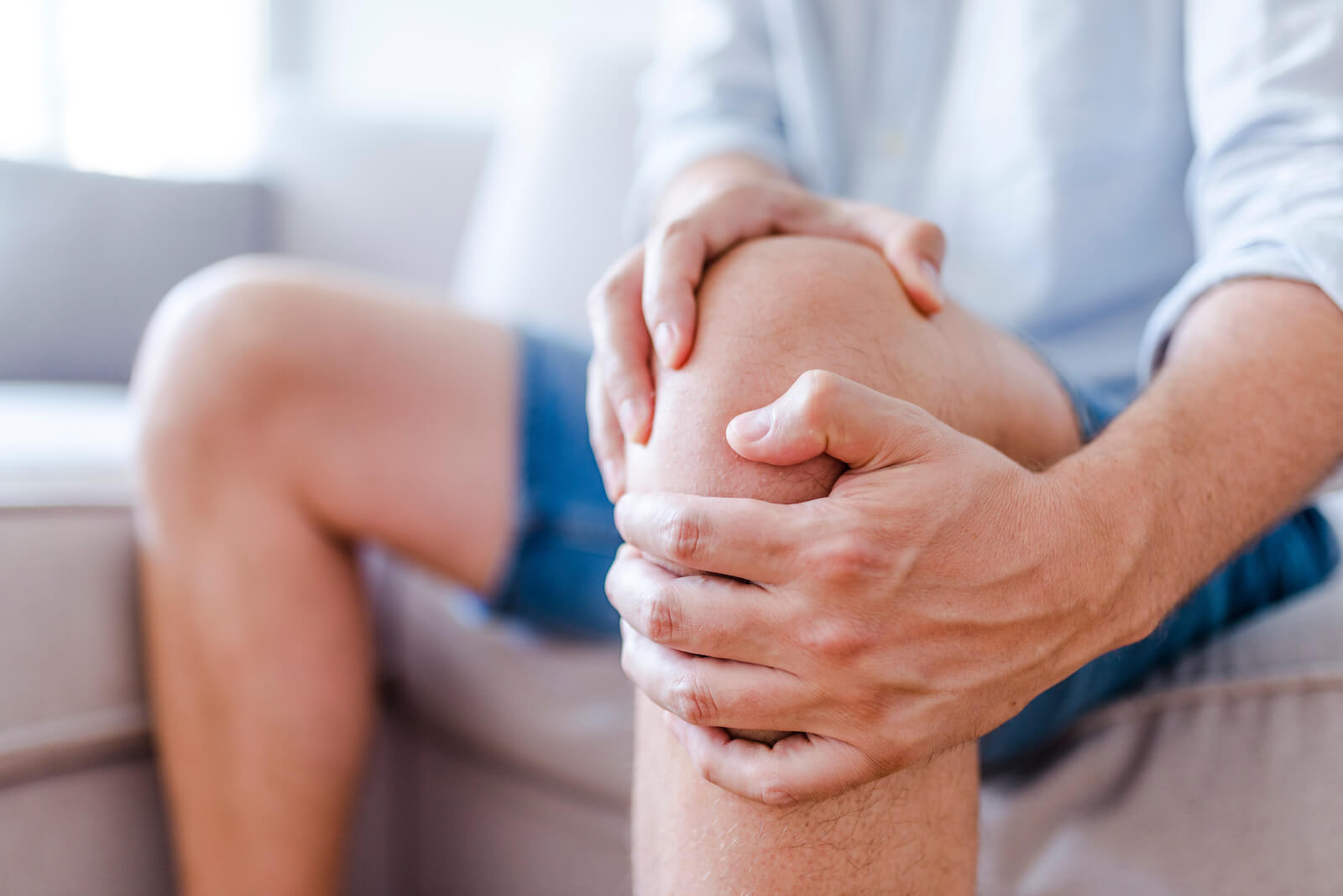Knee pain is a common ailment affecting people of all age groups. From athletes to the elderly, it can be a source of discomfort, limiting daily activities and quality of life. But, with such a complex joint consisting of ligaments, tendons, cartilage, and bone, what is the most common cause of knee pain?
Understanding the Knee
The knee, as one of our body’s most significant joints, comprises the femur (thigh bone), tibia (shin bone), and patella (kneecap). It’s a meeting point where ligaments, connecting bones, ensure stability, and tendons link muscles to these bones. The meniscus, a type of cartilage, offers cushioning that aids smooth joint movements.
Osteoarthritis: The Chief Culprit
Among the myriad reasons behind knee pain, osteoarthritis is predominant, especially in older individuals. Affecting 32.5 million US adults, osteoarthritis is the largest source of knee pain. Referred to as ‘wear and tear’ arthritis, osteoarthritis is a degenerative joint condition. Over time, the protective cartilage at the ends of bones diminishes, leading to painful bone-on-bone friction.
Osteoarthritis owes its prevalence to several factors. Aging naturally erodes the quality of joint cartilage, making it susceptible to damage. Indeed, 70% of adults aged 50-80 reported arthritis or joint pain. Additionally, obesity burdens the weight-bearing joints like the knees, leading to faster wear. Past injuries can also fast-track osteoarthritis’s onset, and some individuals might have genetic predispositions, making them more vulnerable.
Commonly, osteoarthritis manifests as stiffness, swelling, a reduced range of motion, crunching or clicking sounds, and pain that intensifies with activity but subsides during rest.
Delving into Other Causes
While osteoarthritis is a primary player, several other conditions and injuries contribute to knee pain:
- Anterior Cruciate Ligament (ACL) Injury: Common among athletes, an ACL injury is a tear in one of the knee ligaments that joins the upper leg bone with the lower leg bone.
- Tendinitis: The inflammation of tendons, often caused by repetitive strain.
- Bursitis: Inflammation of the bursae, small sacs of fluid that cushion the outside of the knee joint.
- Meniscal Tear: Tearing of the cartilage, often caused by twisting the knee in various sports.
- Patellar Tendinitis: Common among runners and jumpers, it’s an injury to the tendon connecting the quadriceps muscle to the shinbone.
The Path to Diagnosis
To tackle knee pain, a proper diagnosis is paramount. Physicians typically conduct a thorough physical examination, evaluating swelling, pain, tenderness, warmth, and visible bruising. They also delve into one’s medical history to understand the pain’s nature, onset, and progression. Imaging tests, like X-rays or MRIs, shed light on the condition of bones and soft tissues. Occasionally, if infections or conditions like gout are suspected, lab tests become necessary.
Prevention & Care
Addressing knee pain effectively hinges on its root cause, but general strategies for prevention and management strategies exist. Keeping a healthy weight can significantly reduce knee joint stress, and regular exercises bolster the muscles around the knee, enhancing stability. It’s also wise to warm up before rigorous physical activity, which primes the muscles and ligaments. Suitable footwear is often underrated; it offers alignment and support, cutting down undue knee stress. For those engaged in high-risk sports, using protective knee gear can also be a game-changer.
Regenerative Transplant Therapy
Regenerative transplant therapy primarily focuses on replenishing the joint’s diminished elements. This includes cushioning, structural support, and the joint’s viscosity by lubricating the knee’s joints. The process often involves harvesting cells, like stem cells or cartilage cells, either from the patient or a donor. These cells are then cultured and multiplied in specialized labs and subsequently reintroduced into the affected joint.
Regenerative tissue transplants, including stem cell therapy and injections, are not approved by the Federal Food and Drug Administration (FDA) for the treatment of any musculoskeletal conditions. Stem cell therapy has not been evaluated by the FDA. We do not claim that any applications, or potential applications, using regenerative tissue transplants or autologous stem cells are approved by the FDA, or are even safe and effective. We do not claim these treatments are safe and effective for any listed or unlisted condition, intended or implied.
We do not claim that stem cell therapy cures, mitigates or treats any disease or health condition, including but not limited to osteoarthritis or any other disease or health condition. We do not claim that stem cell therapy is comparable or superior to conventional medical treatments in curing, mitigating, or treating any disease or health condition. At this point, stem cell treatment is an unproven therapy.
There are no randomized, controlled human clinical research testing studies demonstrating the safety or effectiveness of stem cell therapy. We are aware of some preliminary research and anecdotal reports that, in some cases, stem cell therapy has helped some patients experience pain relief or noticeable improvement in function. Preliminary studies and anecdotal reports of positive outcomes do not necessarily indicate treatment efficacy. Anecdotal experiences cannot be interpreted to substantiate any health-related claim. Research studies referred to are limited, and many conclude further evaluation is required from well-controlled clinical trials to verify possible benefits.
We do not promise stem cell therapy as a cure for any condition. We provide stem cell therapy as a same-day procedure, without manipulation, stimulation, or culturing of cells. Side effects from stem cell injections may include pain, infection, no cartilage or tissue regrowth, inflammation, allergic reactions, and/or loss of mobility and function. Stem cell therapy does not work for everyone. Results achieved by some patients may not be typical for other patients. There are no guarantees that this treatment will help you.
All information on this website, including references to current research journals, is for educational purposes only. There is controversy in the medical community about whether umbilical cord blood stem cells are alive or dead. You are encouraged to speak with your private medical doctor to help you decide if our treatments might be beneficial for you.
Navigating the Pathways to Knee Health
While knee pain is ubiquitous, it’s crucial not to sideline it. Whether its origins lie in osteoarthritis or an abrupt sports injury, recognizing the cause and seeking appropriate care is vital. After all, our knees bear the weight of our journeys; they deserve our utmost care and attention.
For those navigating the complexities of joint health, Reclaim Health Group offers alternatives to NSAIDs and steroids in the form of regenerative transplant therapy. Their commitment shines in their ethically sourced treatments from living, healthy donors. With a rigorous adherence to standards set by the American Association of Tissue Banks (AATB), their services promise safety, efficacy, and innovation. Contact Reclaim Health Group to learn more today.


